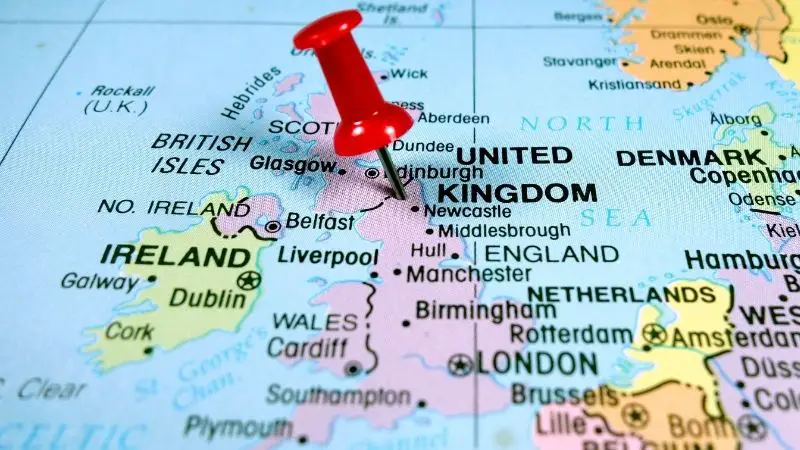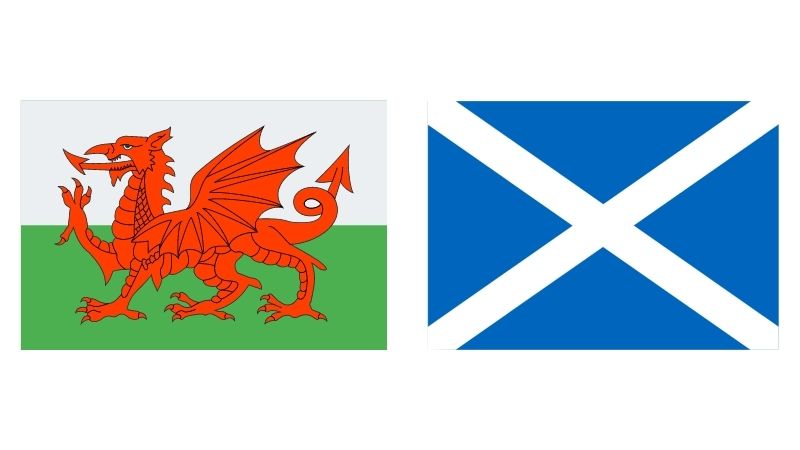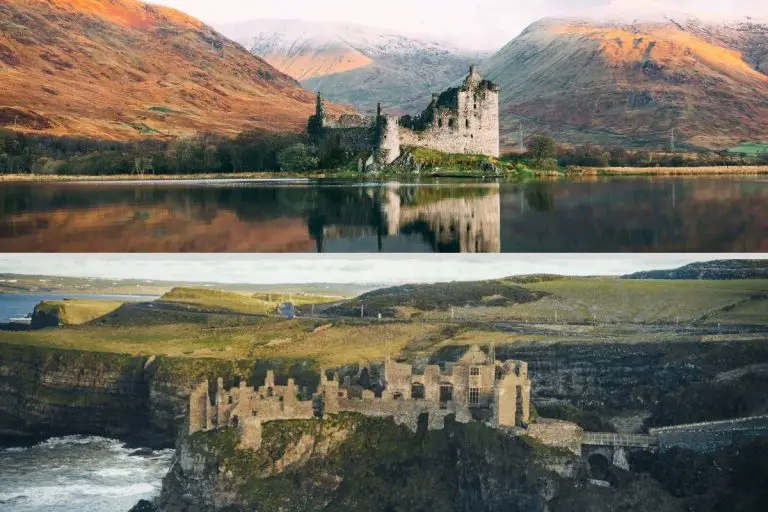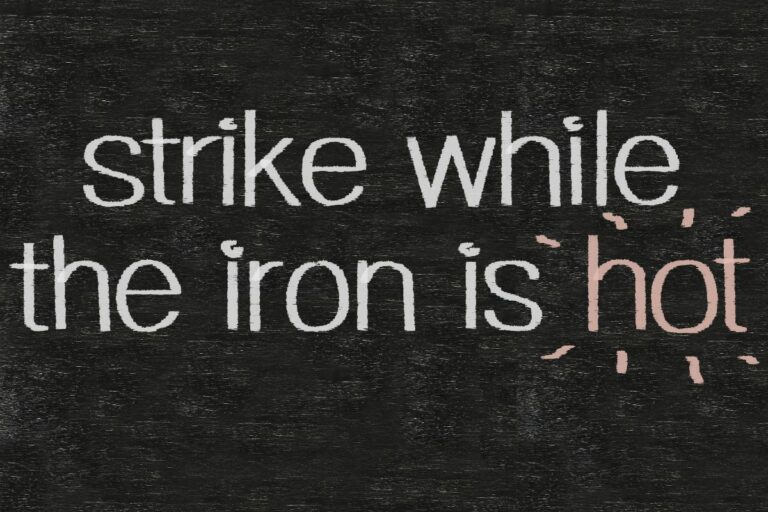9 Differences You Should Know Between Scotland and Wales
Scotland and Wales are two different regions, included in the United Kingdom. For outsiders, it may be challenging to remember their locations and differences in culture. That’s why, I’m writing this article, in a few minutes you’ll know everything you need to know to never confuse them anymore.
Except their location and size, Scotland and Wales have different cultures. For example, they both have a second language (Welsh and Scottish), and like different kind of foods. Their politic ideology is also different, for example Scotland voted against the Brexit while Wales supported it.
Obviously, this is just a summary of the main differences you’ll find detailed in the following of this article. Keep reading if you want to learn more about these nations.
Wales and Scotland Location
One of the easiest differences to recognize is the location where Scotland and Wales are located. Both are nations, which join with England and Northern Island to form the United Kingdom. But they are geographically separate.

Scotland sits above England on the island of Great Britain. It takes up the bulk of the top half of the landmass. Wales sits lower, lying to the left of England. Both of these will have smaller islands on the outskirts, which are included as part of their nation.
Related: 7 differences between Wales and Ireland
Wales vs Scotland: Different Sizes
One of the most immediately noticeable differences between Scotland and Wales is their size differences. Geographically, Scotland is larger. It covers 30,420 sq miles. On the other hand, Wales will only cover 8,023 sq miles.
There are a few other size differences between the two:
- Number of Islands. Scotland has access to more coastline than Wales. It has 787 islands, though most of them aren’t inhabited. On the other hand, Wales has 50 islands.
- Population. Being the larger landmass, Scotland also has more people. It boasts a population of 5.454 million. On the other hand, Wales has a population of 3.1 million people, which is around four percent of the total population in the UK.
Interestingly, Wales is frequently used by those in the media to highlight the size of an object or demonstrate the scale of a problem. For example, a charity called the “Size of Wales” made it their mission to protect an area the size of Wales from deforestation. This is often used to help people get a better understanding of scale, which is easier to do when compared to something we can visualize.
Main Cities in Wales and Scotland
Each of these places has some impressive cities. Scotland is best known for the capital, Edinburgh. This is home to over half a million people. It is also home to Glasgow, where 600,000 people live. Both of these are known for mixing history and contemporary living. For example, some parts of Scotland have been protected by UNESCO because of their historical importance.
The other cities in Scotland are:
- Aberdeen
- Perth
- Stirling
- Inverness
- Dundee
The Welsh also has some iconic cities. The biggest is the capital, Cardiff. This is located by the water and has its own set of historical monuments, like a 2,000-year-old castle. But it is smaller than the cities in Scotland, holding over 350,000 people. Some of the other cities in Wales are:
- Newport
- St David’s
- Swansea
- St Asaph
- Bangor
Culture Differences between Wales and Scotland
One of the areas where the starkest differences can be exposed is when comparing the cultures in Wales and Scotland. Let’s look at some of the most important aspects of the culture in these areas.
Languages Spoken
In both of these nations, the primary language is English. But they each have a language of their own. In Wales, the people will speak Welsh. There are around 500,000 people who speak Welsh.
Interestingly, the Welsh language has become known globally for its long place names. In particular, Llanfairpwll-gwyngyllgogerychwyrndrob-wllllantysiliogogogoch. At 58 letters, it’s the longest place name in the UK.
On the other hand, people in Scotland will speak Scottish. According to census records, around 1.5 million Scots report being able to speak the language. It was likely adapted from Northern English around the beginning of the 14th Century.
However, both of these languages are losing their popularity. Younger people are less likely to want to learn them. Because of this, some people are even reporting that these languages might die out in the coming years.
National Emblems

Both Scotland and Wales have emblems that represent their countries. In Wales, this is most likely to be a red dragon. This is depicted on the Welsh flag. Likely, this was first introduced to the country by the Romans. The Welsh king started to use this symbol to celebrate the Romans leaving.
Interestingly, it was also mentioned in Arthurian legends. In these tales, a red dragon would fight a white dragon. This is believed to symbolize the unease between England and Wales. There are a few other symbols that are commonly associated with Wales, including:
- Leek. It’s believed that King Cadwaladr asked his soldiers to pin a leek to their uniforms during the 7th Century. This made it easier to tell them apart from their rivals.
- Daffodil. This rose to popularity as a national symbol in the 19th Century. This was intended to replace the leek.
- Lovespoons. This is part of the Welsh courtship ritual. The male would present a handcrafted spoon to a woman he was interested in. This showed that he was skilled and dedicated. These have become popular tourist purchases.
Scotland has a wide range of national symbols, many of them stemming from Celtic roots. There are two Scottish flags. The first is a white X on a blue background. This is the official flag of Scotland. It’s believed that the iconic shape comes from Saint Andrew.
He was one of the apostles, who was scheduled to be killed by the Romans. However, he said that he wasn’t worthy of the T-shaped cross that was used to kill Jesus Christ. So, he was killed on the saltine-style cross. His remains were later buried in Scotland.
A popular legend tells of Óengus II in 832 A.D. who was leading the army of Picts and Scots. Saint Andrew appeared to him in a dream and assured him that they would win. On the day of the battle, a large X cloud formation appeared over the battlefield. This gave his troops the encouragement they needed to win.
The second, unofficial, flag of Scotland depicts a red lion. It’s believed that the lion motif stretches back to King William I, who was often likened to a lion. This later became associated with the Scottish coat of arms. This is a common sight at sporting events.
Some of the symbols that are commonly linked to Scotland include:
- Tartan. This type of material is used to make kilts, which are synonymous with Scottish culture.
- Unicorns. This symbol even appeared on gold coins during the 15th Century. It was chosen because the unicorn could not be conquered, like the Scottish who always value their freedom.
- Thistle. This can be seen on the Royal Coat of Arms. According to legend, a Norse warrior once stepped barefoot onto thistle and his screams alerted the Scots to an incoming invasion.
Food
Each of these nations has its own type of food. In Scotland, here are some of the foods that they are known for:
- Haggis. This is the national dish of Scotland.
- Scotch Pie
- Shortbread
- Deep-fried Mars bars
On the other hand, here are the biggest foods in Wales:
- Rarebit
- Lamb Soup
- Tea Bread
- Leek Soup
- Lamb or Beef Stew
Novelists
Both of these countries have produced some famous literary icons over the years. Some of the biggest names from Scotland include:
- Sir Walter Scott
- Iain Banks
- Jenni Fagan
- Douglas Stuart
The Welsh have also produced several exceptional authors over the years. Some of the most well-known people are:
- Phillip Pullman
- Craig Thomas
- Henry Jones
- Phillip Burton
- Dylan Thomas
Politics
Finally, there are some significant differences in the politics between Scotland and Wales. One of the biggest is the emphasis placed on independence and freedom. This is an integral part of the Scottish way of life. There have been many clashes with British rule, including notable historic figures like William Wallace.
This strong support for freedom continues to this day. The Scottish plan is to have a vote on independence by 2023. However, according to opinion polls, support for independence within Wales sits around 23 percent.
This has sometimes led to tension within the UK. For example, Wales voters opted to support Brexit, while Scotland decided to remain. This led the leader of Scotland to claim they were being removed from the EU against her country’s consent.






